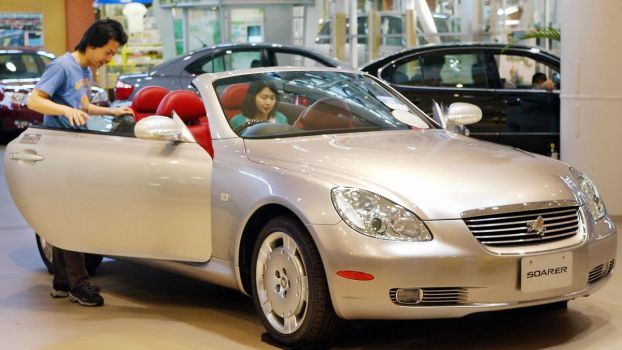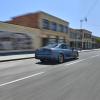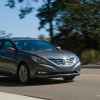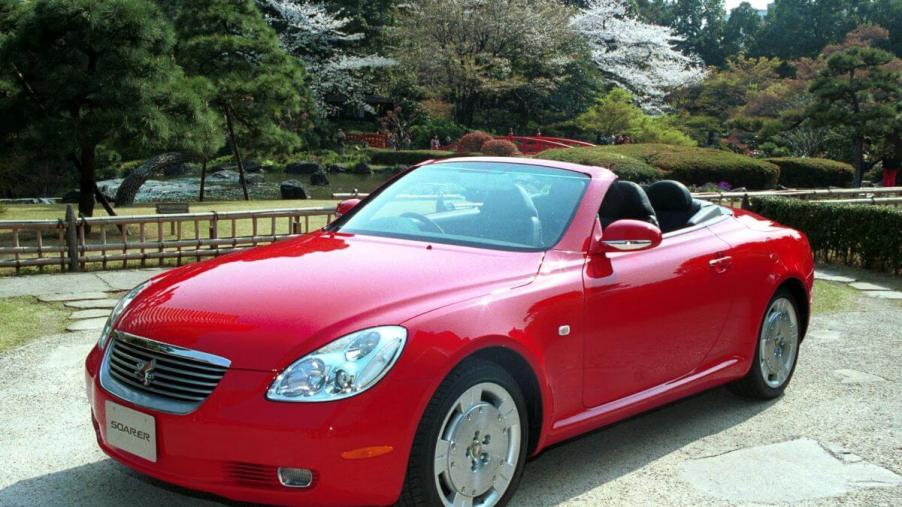
3 Competitors of the Toyota Soarer Luxury Coupe
The Toyota Soarer represented top-shelf personal luxury in Japan from the 1980s to 2005. It was popular yet competed in a crowded marketplace. The Soarer and its rivals epitomized premium grand touring, loaded with technology and features like touchscreens and navigation systems.
Additionally, the Toyota Soarer also competed with a certain Lexus that’s virtually its identical twin. Yet there were some obvious differences between the two cars. Let’s look at three of the Soarer’s competitors in the luxury coupe sports car market.
A brief history of the Toyota Soarer
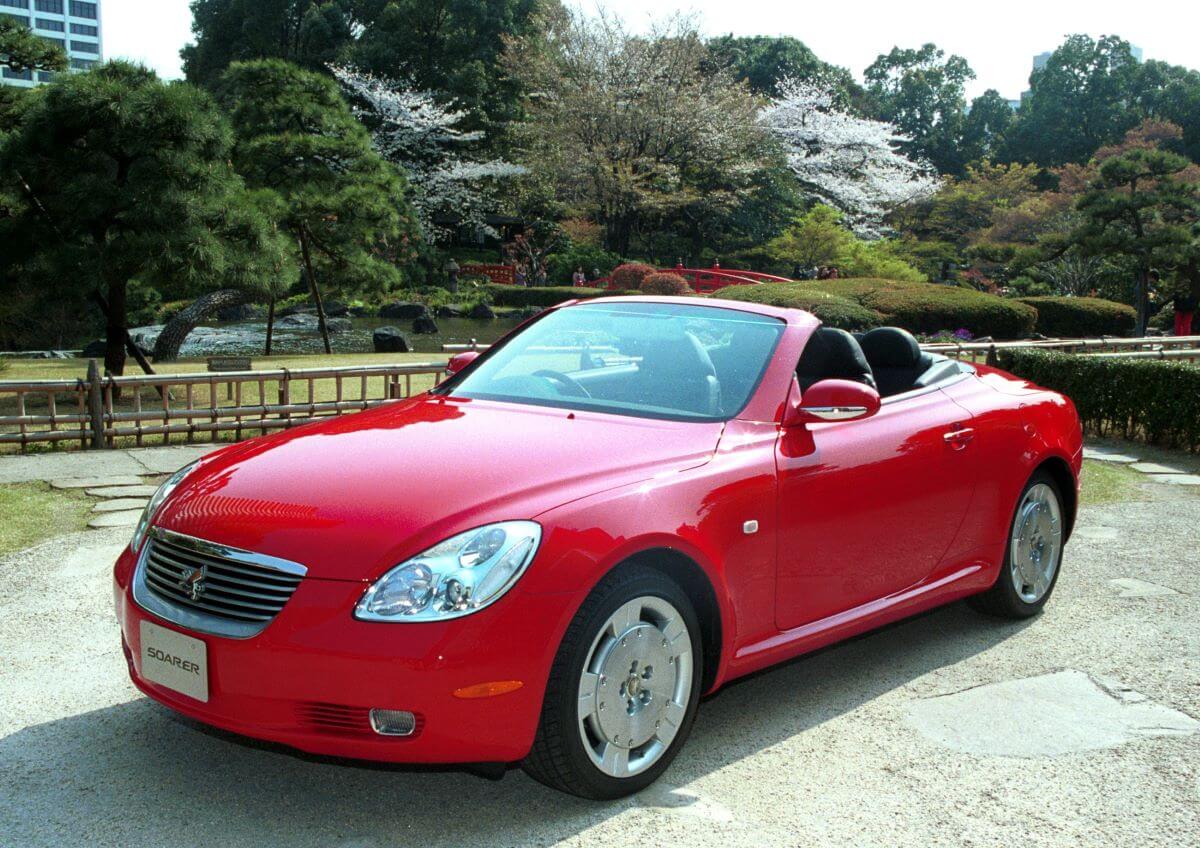
The Soarer was Toyota’s personal luxury coupe sold in Japan from 1981 to 2005, sharing a platform with the Toyota Supra. It also shared the Supra’s engines and transmissions but had a totally different personality geared toward different buyers. Where the Supra was more of a sports car like the Ford Mustang, the Soarer was more like a Thunderbird. It still packed performance, but it was more mature about applying it.
A third-generation Toyota Soarer transformed the car’s look from an edgy 1980s coupe into a rounded car with soft curves. That car was followed by a hardtop convertible in 2001. Both the third and fourth-generation Soarers are virtually identical to the Lexus SC. However, while the Lexus SC was exported to other countries, the Soarer continued on for the Japanese market, wearing a Griffin emblem instead of a Lexus ‘L’ badge.
1. The Nissan Leopard
The Nissan Leopard shared a lot of similarities with its Toyota counterpart. It was distinctly Japanese, with angular styling in the 1980s. It shared its platform with some of Nissan’s most performance-oriented cars, including the Datsun 810, Nissan Maxima, and Skyline. In many ways, it was a larger, four-passenger version of the 300ZX. Like the Supra, with its barely habitable backseat, the 300ZX offered a 2+2 version large enough to accommodate a briefcase or a pair of small dogs.
Nissan packed the Leopard full of technology. It was equipped with Nissan’s Sonar Suspension system featuring a sonar module that scanned the road surface and adjusted the suspension settings. It talked, as many Japanese cars did in the 80s, reminding the driver their lights were on or their door was ajar.
Like the Toyota Soarer, the Leopard offered a variety of engine choices, including a 2.0-liter inline-6 and a 3.0-liter V6, both of which could be equipped with turbocharging and manual or automatic transmissions. However, unlike the Soarer, the Leopard was available as a two-door coupe or convertible and as a four-door sedan.
Nissan also brought the Leopard to the U.S. to bolster its Infiniti lineup. The F31 arrived as the M30 coupe and convertible for the 1990 to 1992 model years. The Y32 followed as the four-door J30 in 1993 and stayed until 1997. A final version of the Leopard, the Y33, was produced from 1996 to 1999 and looked like a scaled-down second-generation Infiniti Q45 but was never imported to the U.S.
2. The Mazda Cosmo
The Mazda Cosmo doesn’t quite have the following in the U.S. as other JDM luxury coupes. However, if you’re a fan of the rotary engine, you’ll be pleased to know that the Cosmo shares its drivetrain with the RX-7.
In many ways, the Cosmo coupe is like a larger, more luxurious version of the RX-7. Leather upholstery was available, packed with advanced features like a satellite phone, satellite navigation, and touchscreen controls. Additionally, if you need more room, Mazda also built a sedan version of the Cosmo.
The rotary engine itself is a mixed bag. It’s thirstier than a conventional piston engine, consuming more gasoline and the occasional quart of oil. However, the rotary engine is lightweight, compact, and sits low to the ground, giving the Cosmo better handling. It can also be modified to produce serious power, rivaling the Toyota J2Z inline-6 for tuning potential.
3. The Lexus SC
The Lexus SC is the Toyota Soarer without the Griffin badge and with the steering wheel on the left side of the car. Engine choices were limited to a 3.0-liter inline-6 or 4.0 V8 for the 1992 to 1999 cars. The later SC 430 hardtop convertible only included the 4.3-liter V8.
Besides the limited engine choices, the only real difference between the 1992 to 2005 Soarer and Lexus SC are a few trim items. The Lexus SC came standard with a leather interior and wood trim, whereas the Soarer had cloth and was generally wood free.
Otherwise, the difference comes down to price. Looking on a website like JDM Buy Sell, imported Toyota Soarers range in price between $15,000 and $25,000, while a good, clean Lexus SC runs $9,000 to $15,000. Still, whatever car you choose, you’ll have a stylish, luxurious, and unique vehicle that will provide years of enjoyment.
